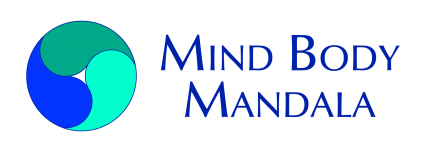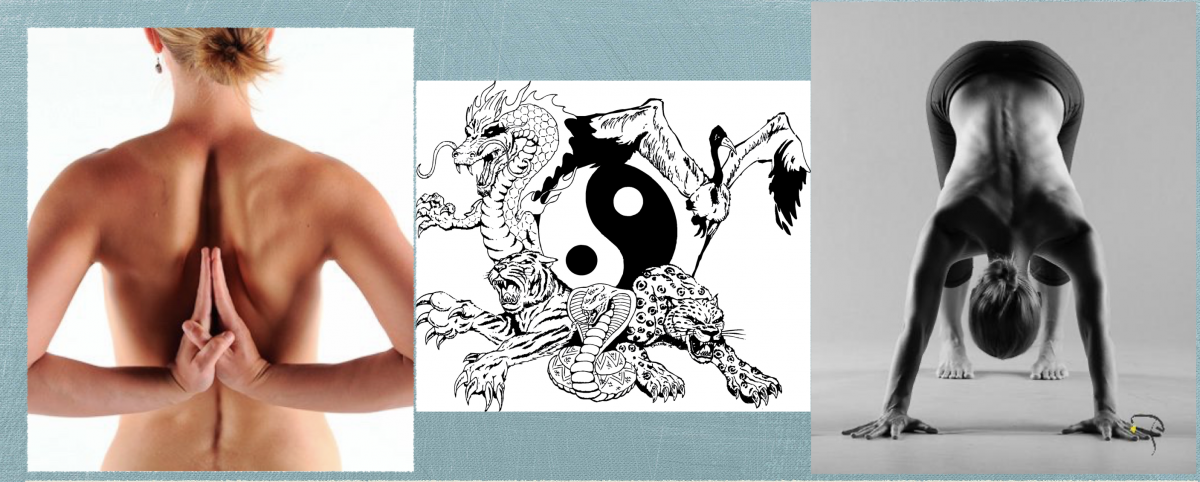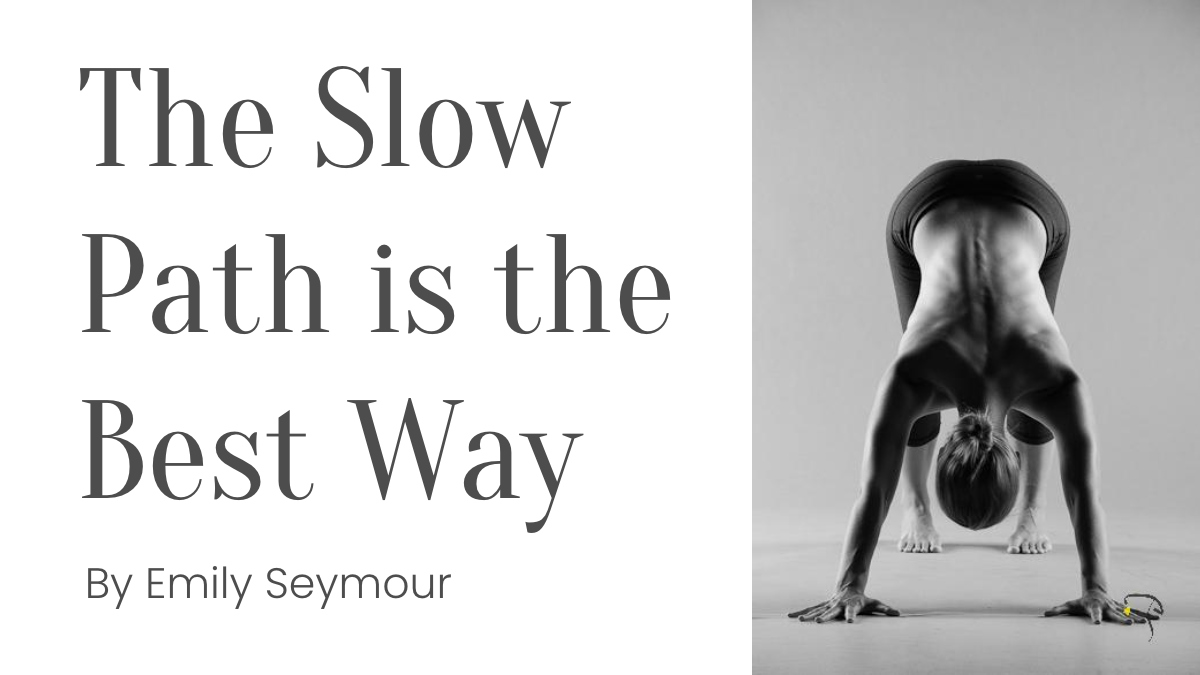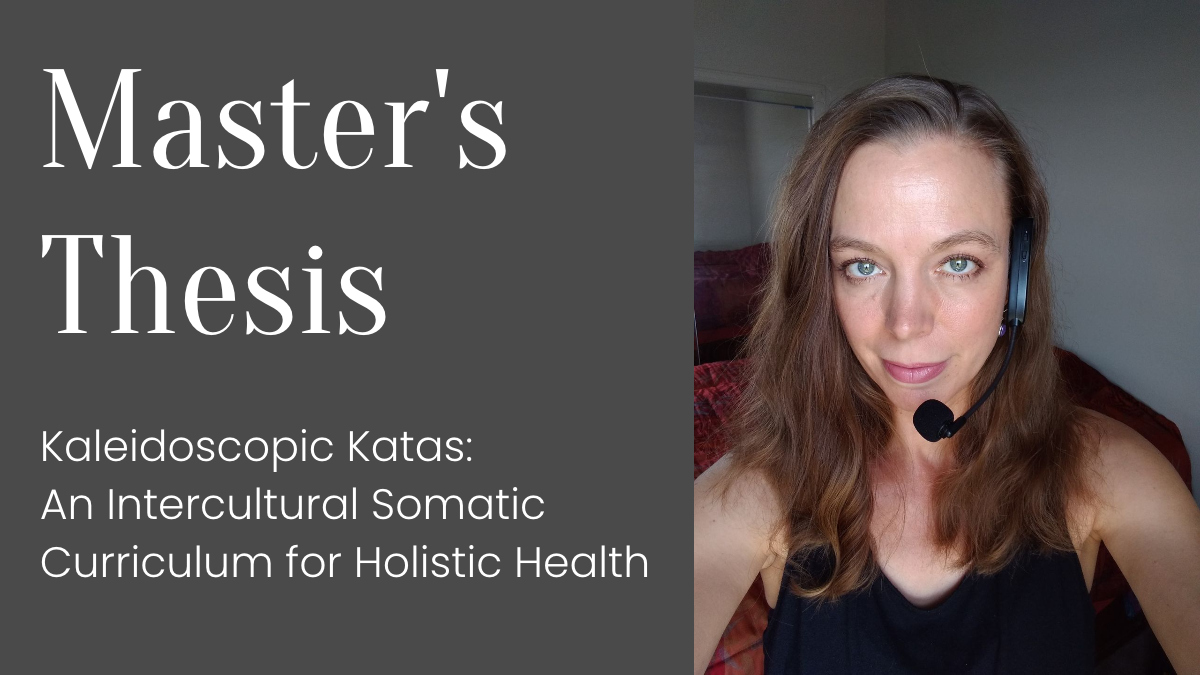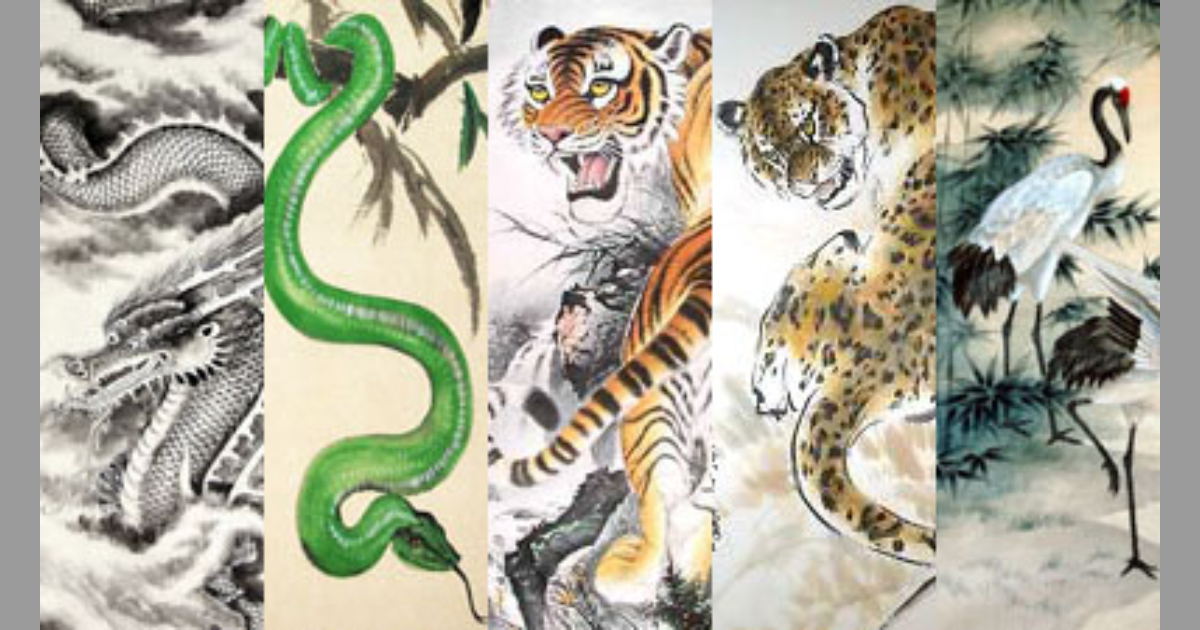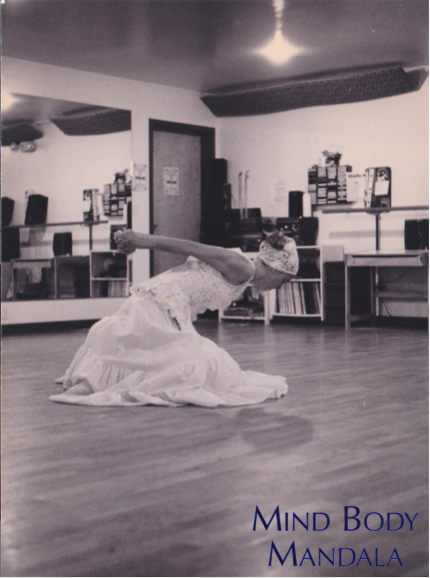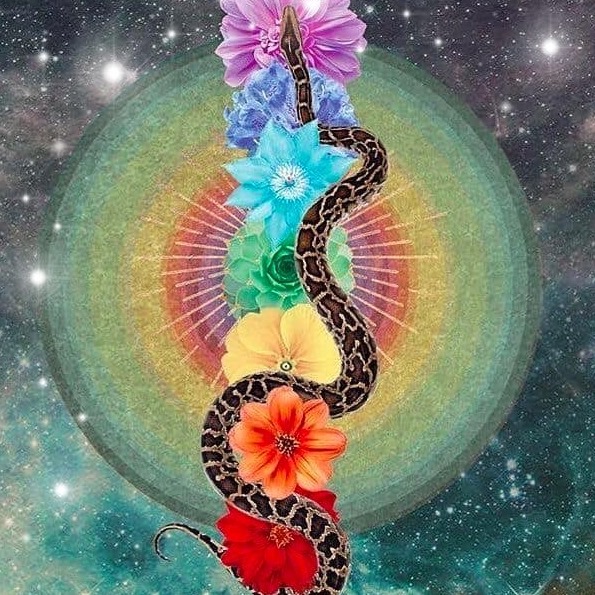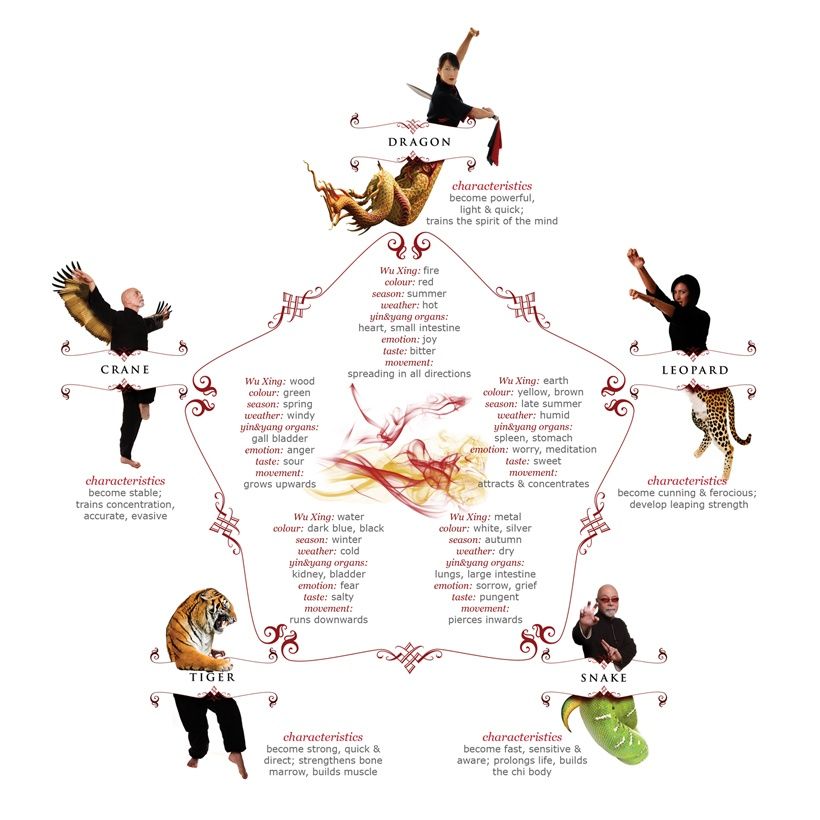One of my favorite mantras, or quotes that I live by is, “The slow path is the best way.” For me, this speaks to the value of doing things consistently over time for lasting, optimal results. I see the slow path as a lifestyle; a commitment to staying on course rather than expecting immediate results.
The slow path (evolution) takes time.
It took me a while to appreciate the slow path. When I started on this journey over twenty years ago, I was attracted to physically demanding dance, yoga, and martial arts practices.
I didn’t have much patience and the thought of meditating made me nervous. I could only manage to meditate for a few minutes after I’d exhausted myself in a power yoga class. Occasionally, I injured myself due to a lack of awareness of my body and improper form.
In 2004 I moved from New York to Boulder, Colorado. Even though I didn’t know anyone there, I felt that this move was important for my evolution. I began studying Tai Chi which became my formal introduction to the slow path.
In the movie The Matrix there are different scenes where time slows down. Learning Tai Chi was a similar experience, as it felt like everything slowed down. I became aware of every single pedestrian movement and layers of body armor started to melt away.
I had no idea how much stress I was holding until I slowed down.
Studying Tai Chi helped me discover new ways of tuning into my body. While I still enjoyed pushing myself physically, my internal awareness increased significantly. For the first time I was able to settle into meditation.
A few years later I was awarded a modeling scholarship by the Rolf Institute of Structural Integration. Rolfing is a form of intensive bodywork that involves manipulating the body’s deep connective tissues for enhanced structural alignment. It’s a form of non-invasive reconstructive surgery.
Since I was actively involved in yoga community, the Rolfing school was interested to see how I would respond to the Ten Series. The Ten Series consists of ten, 2-hour long sessions that focus on freeing restrictions or holding patterns in particular regions of the body.
Rolfing is incredibly intense work, and I would leave each session feeling so exhausted that I would have to lie down for an hour afterwards. The work was targeting various imbalances in my body due to a mild scoliosis, many of which I had never been aware of.
Much like the effect of Tai Chi, everything slowed down.
Experiencing the Ten Series showed me how the scoliosis had affected various parts of my body. As I walked through the grocery store after having my feet worked on, I realized that my right foot had been always been partially supinated (when your foot rolls out).
It felt like I was learning how to walk all over again.
By the end of the series my posture had improved and I even grew a little taller. My yoga practice slowed down and I was able to tune in on what was happening in each pose with greater clarity. Forward bends like Downward Dog became increasingly therapeutic.
This experience opened the door for me to establish my Qigong practice. In 2014 I moved back to New York where I began learning this form of internal martial arts. Standing qigong involves holding postures for 30-60 minutes at a time.
Through consistent practice, I’m able to use this technique for maintaining my spinal imbalances. It took a lot of patience to get to this point. It also helped me navigate the challenges I faced when I moved back to Colorado.
I am very excited to share the next evolution of my journey on the slow path. The best way to stay up-to-date about these new developments is to join my newsletter.
If you enjoyed this article you might also like:
Body as Clay
Mind Your Feet
